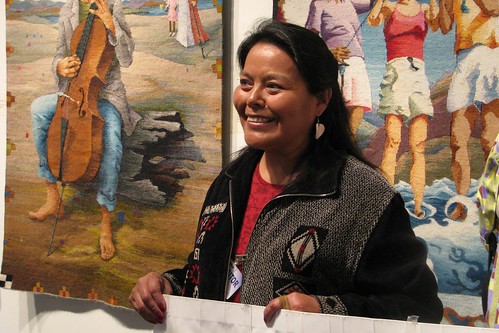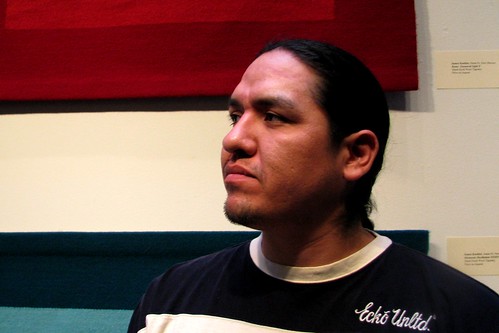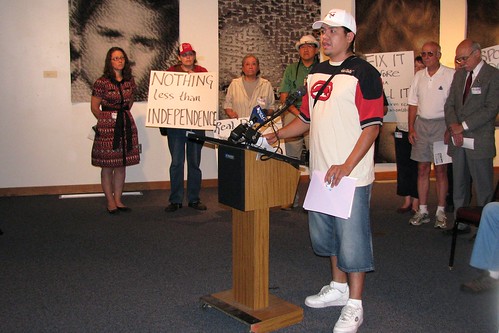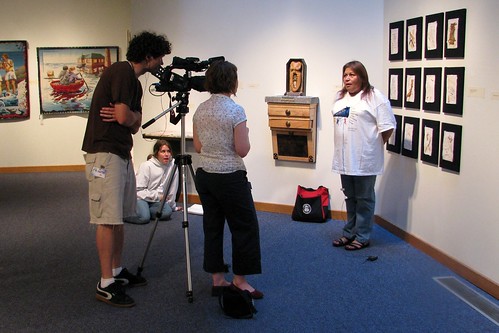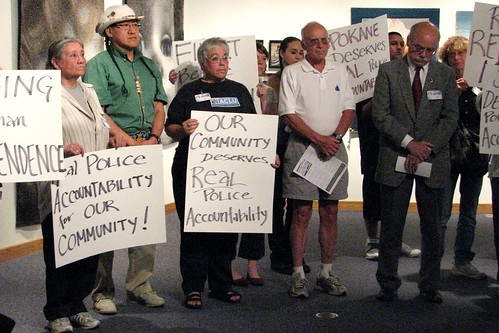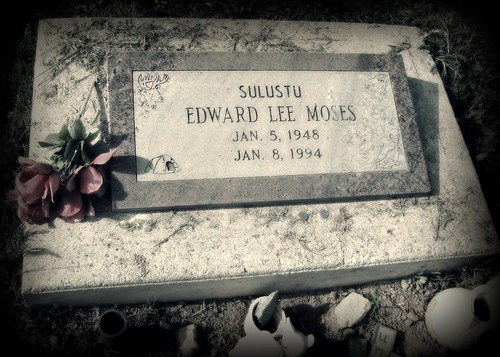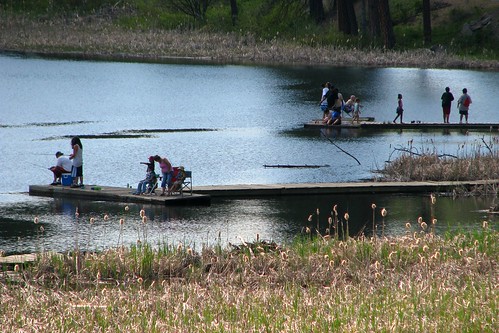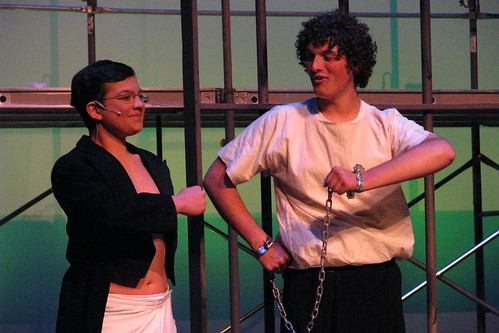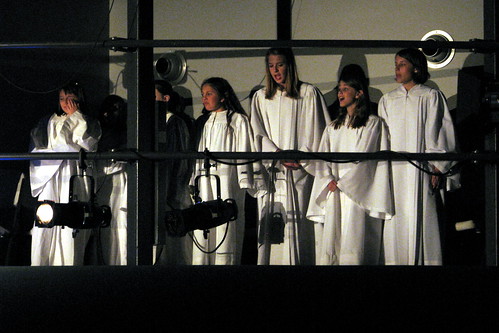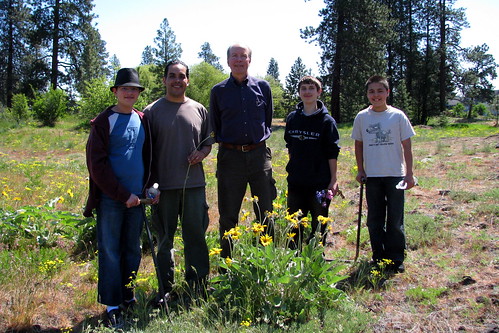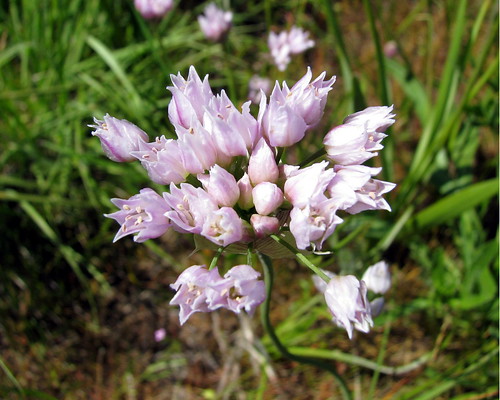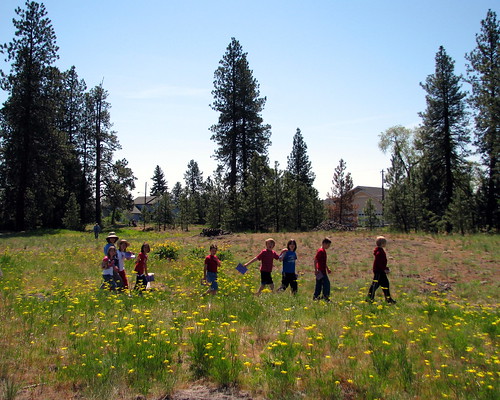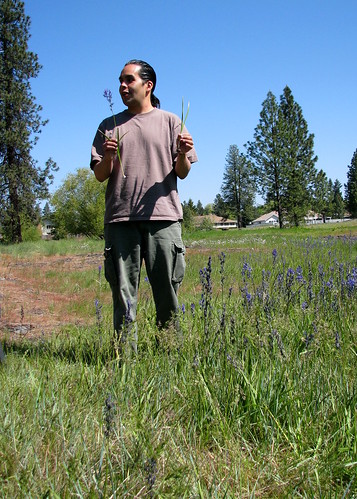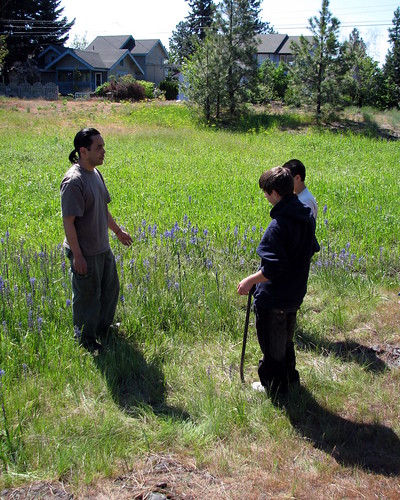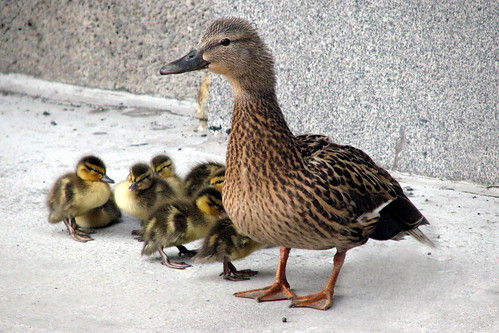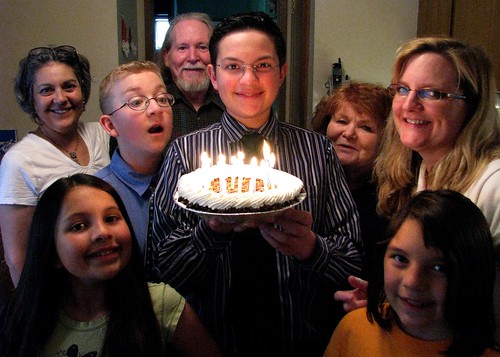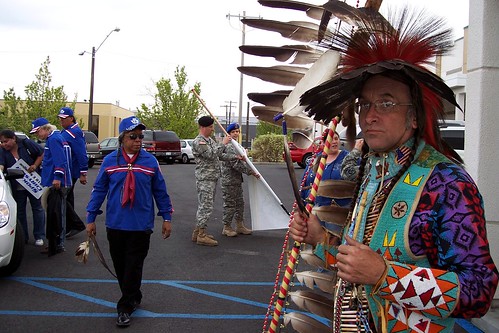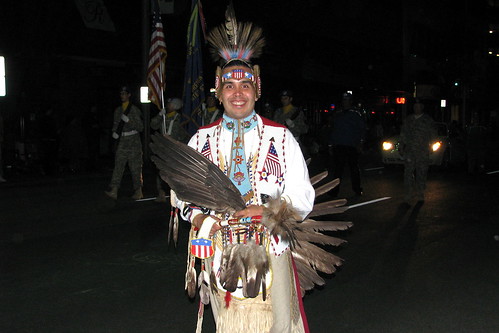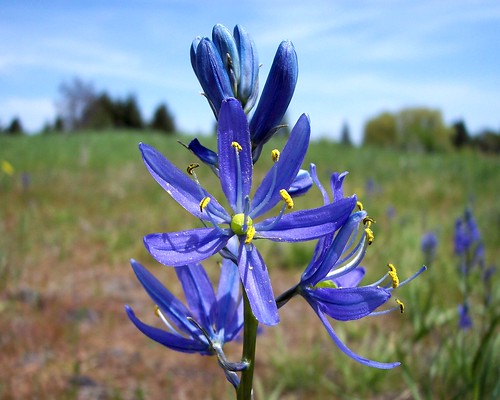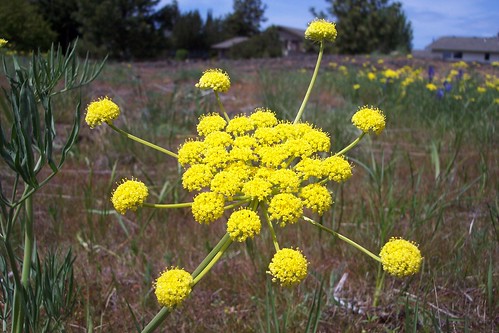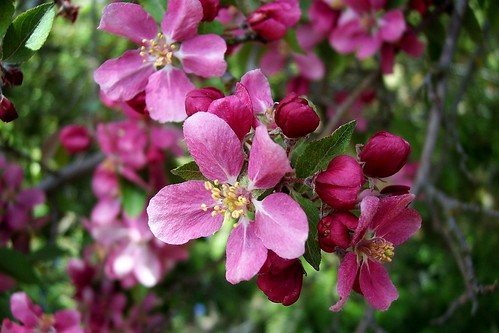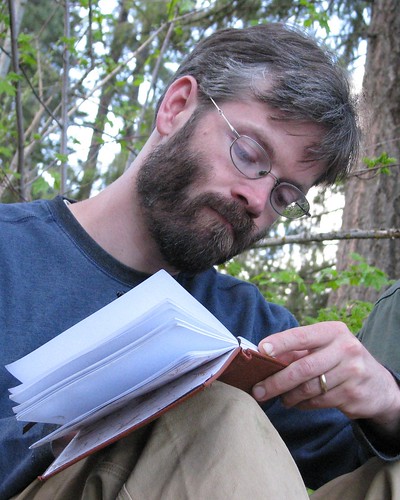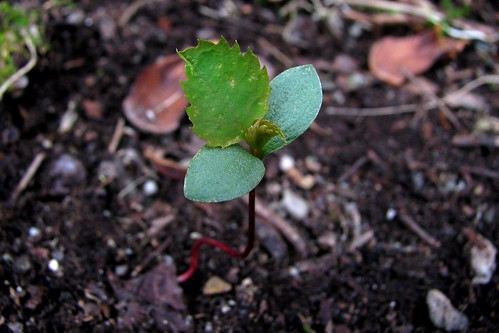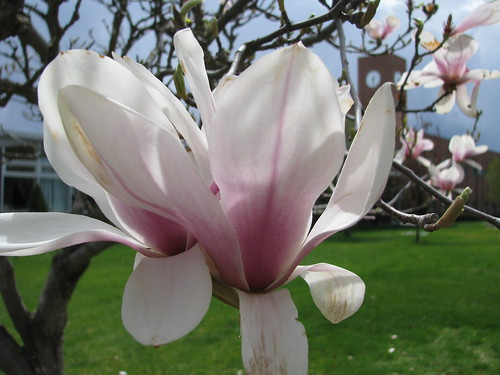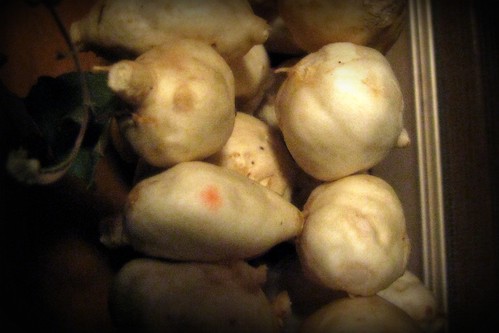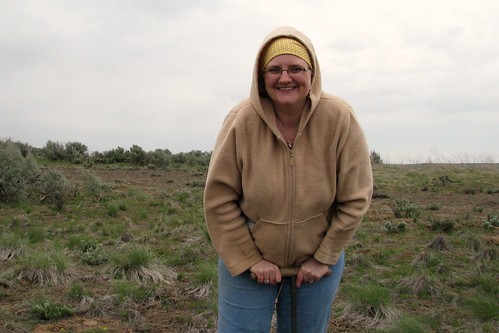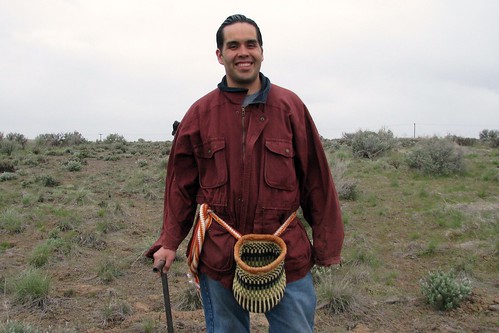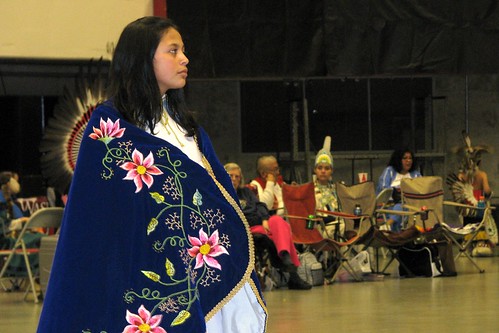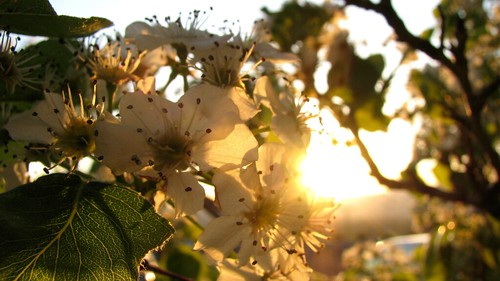During the most recent Ecuador exchange, we visited the salmon hatchery near Leavenworth, Washington. The tour was interesting on many levels, but certainly not the most exciting part of the experience for me personally. Even so, our discussion at the hatchery opened a transformational moment in my life.
Perhaps some background will help make my point.
At the hatchery, we discussed the life cycle of the salmon. The eggs hatch in the gravel at the bottom of cold mountain streams and rivers. The baby salmon, called fry, make their way downstream and finally escape to the sea. They spend five or six years growing in the open ocean until instinct finally calls them back to the river of their birth, and once they start the homeward journey, they stop eating and dedicate every last ounce of physical strength to swimming against the current. They return to the exact location of their birth, where they spawn and subsequently die.
The mention of death jolted many of the youth. "What do you mean they die?" someone asked in disbelief.
"I mean they die."
"But why would do they have to die just as they lay their eggs? Why would they do that?" several of the youth asked. Their faces bore an expression of confusion, as if to suggest the salmon must be crazy to embark upon an obvious suicide mission.
Our guide explained the reason. "They die," she said, "Because they give every last bit of strength to the next generation. They give so much that the flesh literally begins to fall away from their bodies and then the decomposed matter provides nutrients to the river."
Something about this notion did not sit well with the youth, but they nodded and finally seemed to accept the eventual end of the mother and father salmon.
* * *
This simple experience opened the doorway to a major life shift for me.
Throughout the exchange, many of the youth showed signs of of their own life changes, and I found myself taking the role of mentor and elder. As we traveled deeper into spiritual awareness, the young people looked to me for encouragement, mentoring, and guidance.
I have been a teacher for many years, but this was the first time I began to experience myself as a mentor. Where teaching usually involves the transfer of information, mentoring is so much more. It involves creating a relationship where creativity and spiritual growth can occur. I didn't see myself in that role, not at first. It all happened so organically, before anyone noticed the process.
Near the end of the experience it hit me. Suddenly I saw myself at a crossroads of my life, no longer a child who received so much insight, wisdom, and love from the elders. I felt within myself the first longings of my birthstream calling me back where I will one day give all my strength to the following generation.
Then an even deeper awareness opened to my eyes. Every bit of love, courage, strength, trust, teaching, wisdom, ritual, or song that my elders ever gave me was never about ME. They didn't give me anything just because they liked me or thought I was a good person. They gave this offering to the process of life, and I simply carry their offering on my back until it's my turn to pass it on. This realization was like an ego-death, tearful and yet liberating all at once. And one day I will give everything away to my children and grandchildren, and in the end, I will give my own body to the earth.
This is the way it has always been done.
As the exchange drew to a close, I carried this new awareness mingled with sadness and joy. I knew I had to pass this teaching to the kids before they returned to Ecuador, so I gathered together as many as I could and sang a song for their journey home. I told them I would represent the mother salmon and the father salmon and give them my heart as an offering to the process of life.
We shared such powerful and tender moments, and now we are all changed.
